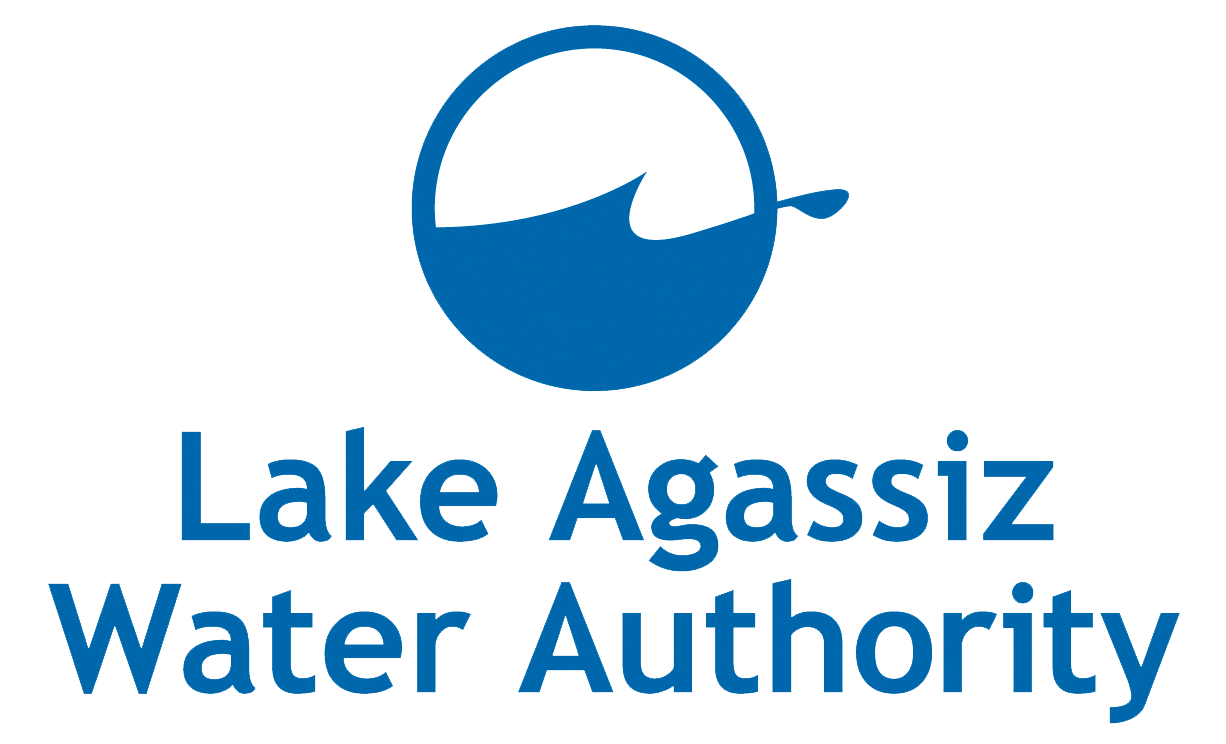Grand Forks Herald
By Emily Allen on Jan 6, 2019
After years of hoping to begin construction by 2019, the Red River Valley Water Supply project board says it’s time to “ramp up” and finally begin working on an effort they say will provide water to eastern North Dakota in the event of a drought.
The approximately $1.2 billion project the board hopes will take eight to 10 years to build is already into its first biennium of funding, according to the state engineer, having received $30 million toward design and construction it must spend by June.
In 2015, there had been legislative intent to provide the project with $150 million per biennium for the following four two-year periods, project board member Ken Vein said.
“We didn’t get it last biennium, and we don’t expect to get it this biennium, although that intent still exists,” he said.
State engineer Garland Erbele, who provides insight on the Red River Valley Water Supply project and others to the State Water Commission, said intentions and funding tend to fluctuate with the state’s funding situation. The commission is primarily funded by the oil extraction tax. “Our revenue is very heavily dependent on the state of the oil industry in North Dakota,” he said.
Vein and other project board members also are competing with a much more urgent flood diversion project for the Fargo-Moorhead area, Eberle said.
“That project is a priority over the Red River Valley Water Supply project,” Erbele said. “The governor has committed an additional $100 million to that (diversion) project, so our budget has $166.5 million for the diversion project this session.”
The water supply group will remain grateful for whatever it receives, but Vein said members will have discussions this year with legislators, seeking the $50 million he said they had initially requested per biennium.
Funding the water project is more different than others mostly because of the length of time it will take, Vein said.
“We’re looking for a plan that’s affordable but can be implemented over a reasonable time frame,” Vein said. “If it gets out too long, there’s too many unknowns.”
The board also must consider the expenses it will cost cities like Grand Forks and Fargo, the project’s two largest players, since there is a local share to the project, Vein said.
“On one point, we want to make sure the state has availability of funds to share in the cost, and on the other side, we have to make sure the users of the local have availability of funding, for the local shares,” he said.
Vein said he remembers when the city worked on setting up a flood protection system to handle having too much water.
“Now we’re working with the exact opposite: What happens when we have too little water?” he asked. “We know in the 1930s the Red River basically went dry, and there’s been times since then we’ve had zero flow. So this project is kind of our insurance policy for the other extreme.”
Basic details
“As complex as the project is, there’s four areas the project has,” Vein said. “It has an intake in the Missouri (River), a pipeline, an outfall and a water treatment plant.”
Construction will save the water treatment plant until everything else is built, he said.
“So what’s going to happen is the intake is on the Missouri River by the Garrison Dam,” he said. “The pipeline will come in at 160-odd miles and dump (the water) into the Sheyenne (River), which is North of Valley City.”
The pipeline will bring in 165 cubic feet of water per second to the Red River Valley, according to Vein.
The board has 36 other entities signed up to receive water from the supply project.
“The project is big enough in its planning stage that it serves almost half the population of the state of North Dakota,” Vein said.
Grand Forks Herald article
